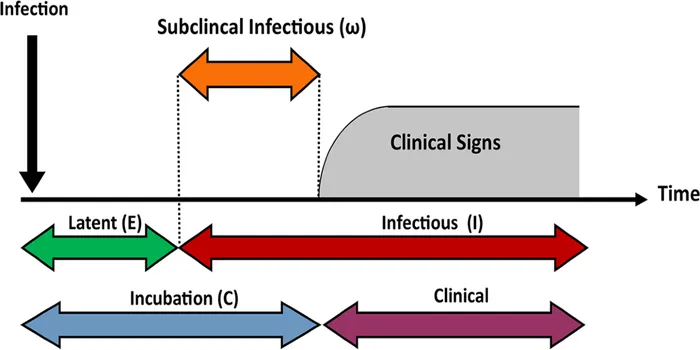How Secret Is Top Secret?
The term "Top Secret" refers to the highest level of classified information, where unauthorized disclosure could cause exceptionally grave damage to national security. Access to such information is restricted to individuals with the appropriate security clearance and a specific need to know. The handling of Top Secret materials involves stringent security protocols, including secure storage and communication methods. Despite these measures, the classification system faces challenges from leaks and evolving technologies that can compromise information security.

When discussing the concept of secrecy, especially in the context of governmental or corporate operations, the term "Top Secret" often emerges as a critical classification. But how secret is "Top Secret"? To understand this, we need to delve into the layers of classification, the implications of these classifications, and how they relate to the world of information sharing, such as in advertising and digital marketing.
The Classification Levels
Classifications of information are generally divided into several levels, with "Top Secret" being one of the highest. The classification schema can vary by country, but typically it includes the following levels:
| Classification Level | Description |
|---|---|
| Unclassified | Information that can be freely shared without any restrictions. |
| Confidential | Information that could cause damage to national security if disclosed. |
| Secret | Information that could cause serious damage to national security if disclosed. |
| Top Secret | Information that could cause exceptionally grave damage to national security if disclosed. |
In the context of ''referrerAdCreative'', understanding these classifications is vital. Advertising strategies often rely on data that can be sensitive or proprietary. Mismanagement of this data can lead to significant repercussions, similar to the mismanagement of Top Secret information.
The Implications of "Top Secret"
What makes something Top Secret is not just its contents but also the potential consequences of its disclosure. For example, a ''Top Secret'' document may contain sensitive information about national security, military operations, or critical infrastructure. The leaking of such information can compromise missions, endanger lives, and threaten national security.
In the corporate world, the implications of secrecy can be equally severe. Companies often classify certain data as ''Top Secret'' to protect their intellectual property, trade secrets, or proprietary algorithms. For instance, a major tech company may keep its advanced AI models classified to prevent competitors from gaining an advantage. The breach of this data can result in financial loss, reputational damage, and legal consequences.
How is "Top Secret" Protected?
The protection of ''Top Secret'' information involves various protocols and measures, including:
- Access Control: Only individuals with specific security clearances are allowed to access Top Secret information.
- Physical Security: Securing the locations where sensitive information is stored, such as data centers or filing cabinets.
- Digital Security: Employing encryption, firewalls, and secure servers to protect electronic data.
- Training and Awareness: Regular training for personnel on the importance of protecting sensitive information and the consequences of leaks.
When considering ''referrerAdCreative'', businesses must also implement strict data governance policies to protect their advertising strategies. The data used in advertising campaigns can be sensitive, and any leaks can jeopardize marketing efforts. Just as a Top Secret document requires stringent protection, so does proprietary marketing data.
The Role of Technology in Secrecy
Technology plays a crucial role in maintaining the integrity of ''Top Secret'' information. Advanced encryption methods, secure communication channels, and robust data management systems are essential in protecting sensitive data. In the digital marketing realm, utilizing platforms that ensure data security is vital for protecting ''referrerAdCreative'' integrity.
For example, businesses may use secure analytics tools that provide insights into campaign performance without exposing sensitive data to unauthorized users. This ensures that while the data can be analyzed for strategic decisions, it remains secure and confidential.
Conclusion: Balancing Transparency and Secrecy
While ''Top Secret'' information must be protected, there is also a need for transparency in various contexts, especially in advertising and marketing. Brands must find a balance between protecting sensitive information and being transparent with their audiences. In digital marketing, transparency builds trust, but it is essential to protect proprietary data, such as ''referrerAdCreative'', from being misused or disclosed.
Ultimately, the question of how secret is ''Top Secret'' can be complex. It involves understanding the layers of classification, the implications of information disclosure, and the measures necessary to protect sensitive data in both governmental and corporate environments. By implementing stringent security protocols and leveraging technology, organizations can better protect their ''Top Secret'' information while still engaging effectively with their target audiences.












